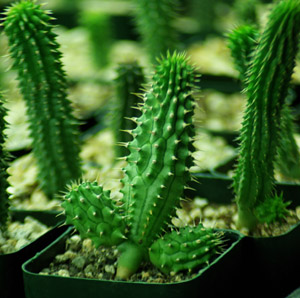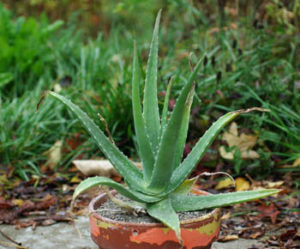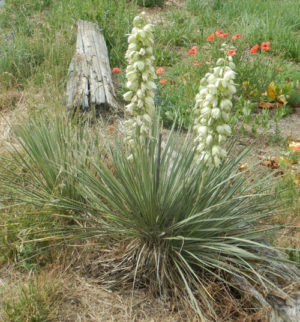Now shipping plant orders promptly 🙂
Gotu Kola (Centella asiatica) potted plant, organic
$9.50
Family: Carrot (Apiaceae)
Hardy to Zones 8 to 12, otherwise grown as a potted plant or summer annual, 90 days to harvest
(Indian Pennywort, Gotu Kola, Brahmi, Hydrocotyl asiatica) Creeping perennial native to the tropics of the world, especially Hawaii, India, Tropical America, Southeast Asia and Africa. Etymology: Gotu Kola is Sri Lankan for “cup-shaped leaf.” Hydro = water, cotyle = cup-shaped. Cent = 1/100 of a dollar. So, “hydrocotyl”: refers back to the common name (water-cup) and centella refers back to the pennywort grouping. “Asiatica” refers to the Asian origin, even though the plant is pan-tropical. I have personally experienced two different ecotypes: the Hawaiian/African/Indian ecotype with larger, heavily-scalloped leaves that are lobed at the base and the Asian ecotype that has smaller leaves, rounder and not as plump, with less pronounced scallops. We have found the Asian type to be disease resistant and more vigorous and therefore somewhat easier to grow than the Hawaiian type. Traditional usage (Ayurveda): one of the Rasayana, said to increase mental clarity and impart long life. Used to treat ulcerations both internal and external, improve digestion and fight amoebic dysentery. Regular use imparts healthy color and tone to skin, treats eczema, psoriasis and rheumatism. Speeds healthy growth of hair, skin and nails. The young leaves are tasty in salads and may also be used in smoothies. The leaves are often juiced, the juice mixed with water and sugar to make a refreshing and cooling drink. Plant prefers warm sun and rich, fertile soil or fast-draining soil, appreciating side-dressing with compost or regular applications of liquid fertilizer (fish emulsion, kelp tea, compost tea). Water frequently. Space plants 2 feet apart–they spread! Field-grown gotu kola can get quite large, yielding several pounds per plant. I have included a photo of one plant harvested midseason here in Oregon. The plant is on a sorting screen, with a full-sized shovel underneath it (red band on the handle). This will give you an idea of how effective it is to grow the plant in standard field or garden context. r
Potted plant, Certified Organically Grown
PS, a bit more. Information found on the web regarding Gotu Kola is full of hearsay, bibliographic echo and error. The CABI invasive species compendium, in cooperation with USDA, shows a primary photo that is not Centella asiatica (the plant does not make white flowers that hover up over the leaves!) The growing conditions are listed by many sources as “swampy” which is inaccurate. Actually, the plant does best in places where excellent drainage is combined with frequent watering, and may easily rot and disappear in overly wet environs. The primary plant will make a long taproot, appearing like a thin carrot, and will send out horizontal rhizomes that root in at the nodes. These axillary plants will send nutrients back to the mother plant, and may also be removed by the gardener and replanted at a distance (they are clones). Flowers are normally reddish and occur at the very base of the plant and eventually at every node that becomes sufficiently mature. The flowers give way to the seeds, really 2 seeds joined in a disk, which break apart at absolute ripeness. The seeds are longitudinally ridged, which helps differentiate them from seed of look-alikes, such as other pennywort species. Gotu Kola is a pioneer plant in the tropics that covers ground laid bare by fire, construction, etc. Gotu Kola grows luxuriously in ditches in India, and the story goes that in the early days, when herbalists imported Gotu Kola from India, one of the shipments contained a hubcap! Nowadays we assure a clean product by growing our own. RAC
















0 reviews with a 3-star rating
There are no reviews with a 3-star rating yet